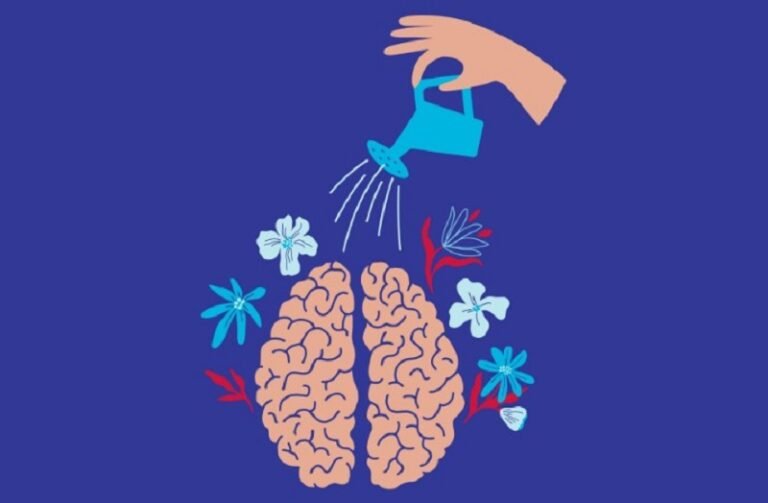Sustainable Living Made Simple: Waste Reduction Techniques Unveiled

Waste Reduction Strategies
Finding ways to cut down on waste is super important if we’re trying to live a little more sustainably. Two big areas where we can make a difference? Cutting back on plastic trash and keeping food from going to waste.
Plastic Waste Reduction
You’ve seen it on the news: plastic is everywhere, and it’s not great for the planet. Tons of it—literally about 14 million tons—ends up in the ocean every year, messing with sea life big time. A whopping 80% of all junk in the ocean is plastic. So, what can we do about it?
| Action | Impact |
|---|---|
| Ditch single-use plastics | Keeps less junk from piling up in dumps and floating around in the sea |
| Back businesses working to cut plastic use | Gives companies a nudge to be more earth-friendly |
| Reuse plastic stuff you already have | Makes your stuff last longer and means we don’t need to make as much new plastic |
We’ve got power, too! You can write a letter, hop on social media, or choose products from brands that make the planet a priority if you’re worried about too much plastic packaging.
And here’s something else: pick clothes made from things like cotton or wool. Why? Those comfy sweaters won’t shed tiny plastic fibers into the water—those little bits make up about 9% of the plastic swirling around our seas.
Food Waste Prevention
Food that’s tossed out is a big deal—literally 1.3 billion tons of it gets wasted each year. When food rots in dumps, it pumps out gases bad for the environment. Plus, think about all the water and energy used up just to grow and make food that never gets eaten.
Here’s what can help avoid chucking out food:
| Strategy | Description |
|---|---|
| Plan Your Meals | Buy only what you need and avoid those sneaky extra buys |
| Get Storage Savvy | Keep foods fresher for longer with the right storage tricks |
| Love Your Leftovers | Get creative in the kitchen and use up those bits and pieces |
In need of more ideas to cut down waste at home? Check out our easy reduce household waste tips. Small changes can snowball into living more sustainably and help us care for Earth. Want a little more inspiration? You can dig into our eco-friendly waste reduction ideas or find tips for newbies at zero waste tips for beginners.
Recycling Initiatives
Recycling’s like the trusty sidekick to living sustainably, helping us cut down waste and hang onto our resources. Here, we’ll chat about how countries tackle recycling and what it means for Mother Earth.
Global Recycling Practices
Different places have their own way of dealing with recycling—some are rocking it, while others are lagging. Back in 2013, the U.S. tossed out about 254 million tons of trash, recycling or composting nearly 87 million of it, landing a 34.3% recycling rate (EPA).
Here’s what folks are recycling:
| Material Type | Recycling Rate (%) |
|---|---|
| Paper and Cardboard | 66.8 |
| Glass | 33.7 |
| Plastic | 9.1 |
| Metals (Aluminum and Steel) | 80.1 |
These numbers show we’ve got some work to do. By focusing on cutting down waste and recycling what we can, we can seriously slash what’s left to throw away (EPA).
Impact of Recycling on Environment
Recycling really packs a punch for the environment. In 2013, thanks to recycling and composting, about 87.2 million tons of stuff didn’t end up buried or burned. This act also cut down greenhouse gases by around 186 million metric tons of carbon dioxide, like taking over 39 million cars off the roads for a whole year (EPA).
The good stuff doesn’t stop at just reducing waste. Recycling keeps more of our planet’s goodies from getting used up while cutting pollution and the energy needed to whip up new products. Take aluminum, for example—it eats up a lot less energy to reuse than to dig up new material, helping us sidestep the environmental hit from mining and logging.
What makes a big splash? Upping recycling efforts and spreading the word on why it’s a big deal. These can help weave environmentally friendly habits into our everyday life. For even more handy tips and eco-friendly waste reduction ideas, dig into ways your community can get on the recycling bandwagon.
Sustainable Waste Management
Tackling trash is no small feat, and doing it sustainably is even better for the planet. Here, we’re diving into how we handle the heaps of stuff we throw away — known officially as Municipal Solid Waste (MSW) — and fancy new ways to deal with it.
Municipal Solid Waste (MSW) Management
You know all those things you toss in the trash from your house, school, or work? That’s MSW. Think banana peels, old jeans, pizza boxes, and more (EPA). This trash pile includes things that break down, like food scraps and garden trimmings, along with recyclables like plastic bottles and soda cans.
We got to get this waste management thing right because no one’s a fan of pollution or a messy planet. Especially in rural areas, where it’s pretty noticeable. Here’s you go, a snapshot of what usually makes up our trash:
| MSW Component | Percentage |
|---|---|
| Organic Waste (food, yard) | 30%-40% |
| Waste Paper | 25%-35% |
| Plastic Waste | 10%-15% |
| Textiles | 5%-10% |
| Glass | 5%-10% |
| Metals (tin, aluminum) | 1%-5% |
Loads of developing cities are struggling, only picking up half to most of the trash folks generate. They’re blowing through a big part of their cash just to scoop up and haul away the trash. Not doing this well adds a lot of methane to the air, a big-time greenhouse gas coming from landfills and dump sites (NCBI).
Innovative Waste Processing Technologies
Let’s talk techy stuff that’s giving a big boost to sustainable waste wrangling. These cutting-edge ideas are all about squashing trash piles, fishing out useful resources, and treading lightly on Mother Earth. Here’s what’s shaking things up:
- Anaerobic Digestion – This neat trick can eat up your scraps without oxygen and churn out biogas to power things up, plus some grade-A plant food.
- Plasma Arc Gasification – Picture this: blazing hot tech turns all sorts of waste into gas and ash, safely getting rid of it while making energy.
- Mechanical Biological Treatment (MBT) – Mixing up sorting machines and biology, MBT picks out recyclables from the heap and shrinks the landfill numbers.
Bringing these into the mix can seriously whittle down the trash pile and spin out something usable in return. If you’re itching to start shrinking waste at home, why not peek at some waste-free living tips or give zero waste tips for beginners a whirl?
Consumer Actions for Waste Reduction
Living a greener life is all about being hands-on, especially when it involves chopping down on waste. What folks do can change the whole waste game, whether it’s the way they shop or how they leave their mark on the planet.
Sustainable Shopping Practices
When it comes to shopping, being smart about it is key if you wanna cut down on trash back home. It’s about picking options that slash unneeded plastic and throwing some love to businesses that care about the planet. Here’s how you can get started:
- Swerve Single-Use Plastics: Give the cold shoulder to items like plastic bags and forks. Better options? Try reusable bags, metal straws, and stuff that breaks down on its own.
- Back Businesses Who Care: When you choose products from companies that think about their packaging and how they make stuff, it shakes things up. Dig a little to find brands cutting down on plastic waste.
- Pick Clothes with Natural Fibers: Synthetic materials shed tiny plastics when washed, which end up in the ocean. Choose threads made from cotton and wool to do your part (Yeah, the folks at NRDC back this up).
| Sustainable Moves | Wins |
|---|---|
| Reusable bags | Say ‘adios’ to plastic bags |
| Eco-friendly brands | Support green ways to make stuff |
| Natural fiber clothing | Trim microplastic pollution |
Reducing Environmental Footprint
Scaling back your eco-footprint means making thoughtful choices every day. Here are some ways you can make a difference:
- Push Manufacturers: Consumers can press for less plastic in packaging by speaking up online, writing letters, or choosing more responsible products. The buzz from customers can spur big changes in how stuff gets made (NRDC).
- Focus on Reuse: Swapping out stuff like containers and forks for reusable ones can save a ton of single-use waste. Small tweaks, big impact.
- Spread the Word: Sharing what you know about the hazards of plastic waste helps protect sea creatures. Each effort you make gets doubled when you get others on board.
| What You Can Do | What It Does |
|---|---|
| Push for greener packaging | Promotes responsibility among producers |
| Use reusables | Slashes single-use waste |
| Educate others | Fosters a community push for a greener planet |
With these plans for earth-friendly shopping and curbing that carbon footprint, folks everywhere can be big-time players in cutting down waste. For more nifty tricks on living without waste, check out our waste-free living tips and eco-friendly waste reduction ideas to deepen your earth-loving journey.





